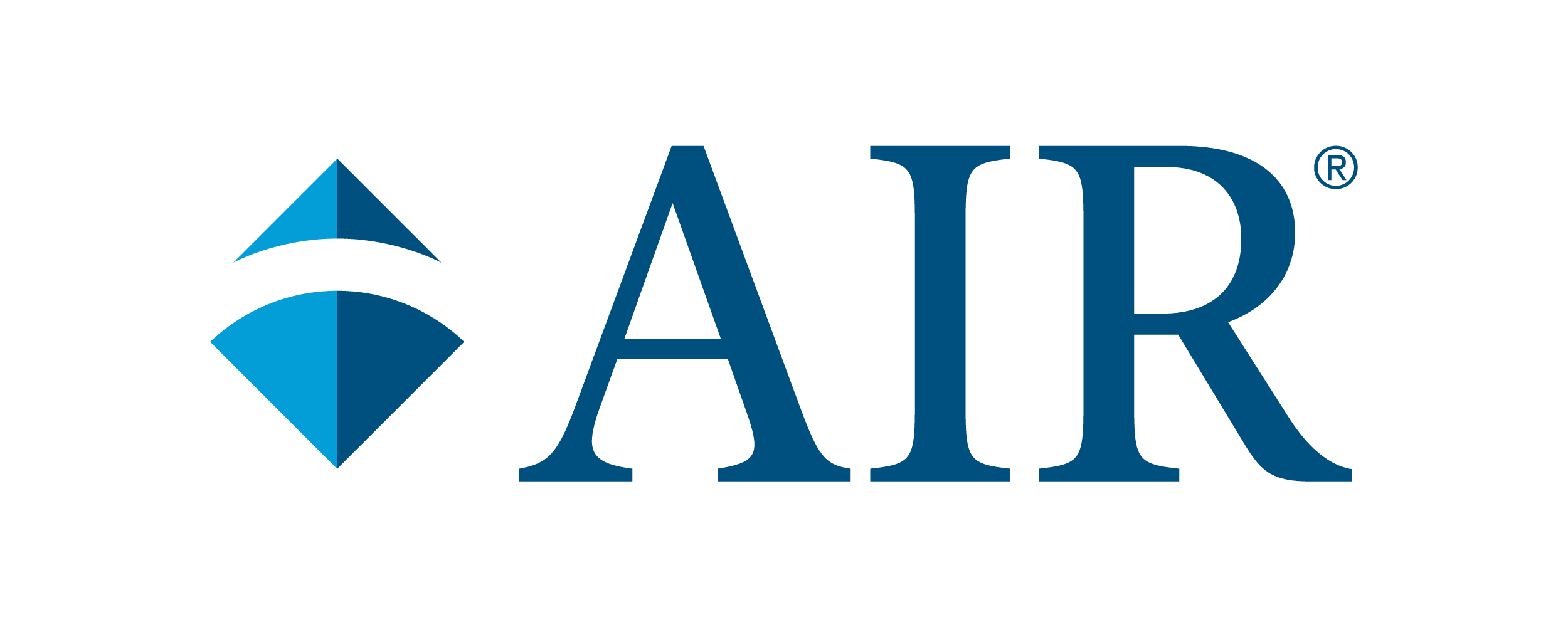New PIAAC Papers – Spring 2019
Associations Between Adults' Numeracy Skills and Employment Status: An Analysis of PIAAC's U.S. Dataset
(Leah Katherine Saal, Loyola University Maryland; Melissa Gholson, West Virginia Department of Education; Krisanna Machtmes, Ohio University; and Ryan Machtmes, University of Minnesota)
This paper will explore the relationship between academic skills/proficiencies and employment status in the United States. Using PIAAC data, the authors will answer the following questions:
Is the relationship between numeracy skills and employment status stronger than the relationship between the other skills measured in PIAAC (literacy and problem solving in technology-rich environments) among U.S. adults?
Is there a relationship between numeracy and employment status by the levels of numeracy-related skills used in everyday life?
The Importance of Skills and Majors in Determining Future Earnings
(Karly Ford and Junghee Choi, Pennsylvania State University)
This paper will use combined 2012/14 U.S. PIAAC data to study whether literacy and numeracy skills mediate the relationship between college majors and earnings. The proposed analysis would explore the role individual skill plays in the relationship between academic major and labor market earnings for college graduates. The working sample includes only 4-year college graduates, between the ages 25 and 65. In order to observe only those with strong labor market commitments, the sample is limited to those who work full-time; those who reported working at least 30 hours a week.
View full research paper ›
Understanding Educational Aspiration among People in Prison
(Ruth Delaney and Lionel Smith, Vera Institute of Justice)
This paper will use 2014 PIAAC prison data to study demographic and skill-level factors that predict the desire to enroll in a postsecondary program among incarcerated adults detained in the U.S federal and state prisons. The authors will study the following question:
What demographic and skill-level factors impact which incarcerated adults want to enroll in a pre-associate education program or higher in comparison to their peers who do not want to enroll in any academic class or program of study?
Prison-based Education: Programs, Participation and Proficiency in Literacy/Numeracy
(Jinghong Cai, Anirudh V.S. Ruhil, and Dianne Gut, Ohio University)
This paper will use 2014 PIAAC prison data to study the association between literacy/numeracy and correctional education as it relates to program type, ways of course offerings, and job/education history prior to incarceration. Specifically, the author will examine the relationship between participation in correctional education programs while incarcerated and literacy/numeracy skills addressing the following research questions:
What are the characteristics of participants in different types of correctional education programs in terms of gender, race, age, parents’ immigration background, completed education level, and history of incarceration?
To what extent is attending/not attending a correctional education program associated with the variation in levels of literacy and numeracy? What is the relationship between the time spent in correctional education programs and the level of literacy/numeracy?
What is the distribution of learning via different ways of courses offering (i.e., offered in jail or correctional facility versus others such as offered by college/university through distance education) across academic programs (e.g., GED and degree programs)? What is the relationship between ways of course offering and the literacy/numeracy of participants?
What are the reported reasons for attending or not attending correctional education programs across different programs based on history of incarceration? Are there any commonalities among the reasons expressed by low and high literacy/numeracy groups for participating or not participating in correctional education programs?
Collaboration at Work and PIAAC Skills
(Tobin Lopes, Colorado State University; Ellen Scully-Russ, George Washington University; Jill Zarestky, Colorado State University; and Joshua C. Collins, University of Minnesota-Twin Cities)
This paper is focused on studying the relationship between level of collaboration, cooperation, and information sharing at work and respondents’ skills in literacy, numeracy, and problem solving in technology-rich environments. Specifically authors will address the following questions:
What is the relationship between cooperation/collaboration and information sharing and literacy, numeracy, and PS-TRE skills across industry sectors, controlling for gender and education?
How does the relationship between cooperation/collaboration and information sharing and adults’ use of specified skills differ by industry, controlling for gender and education?









